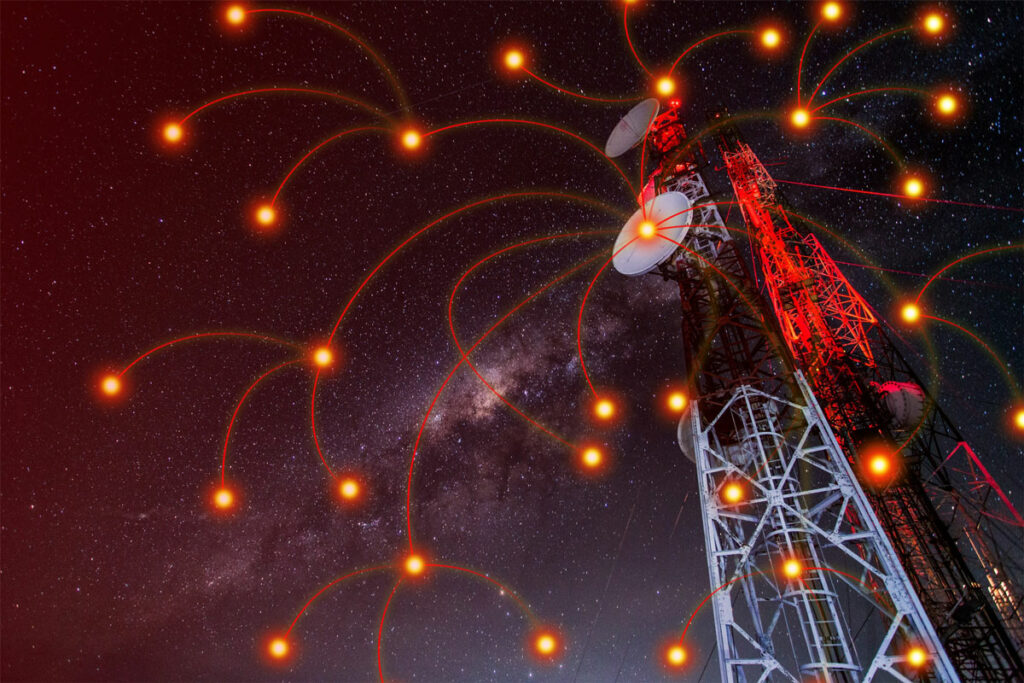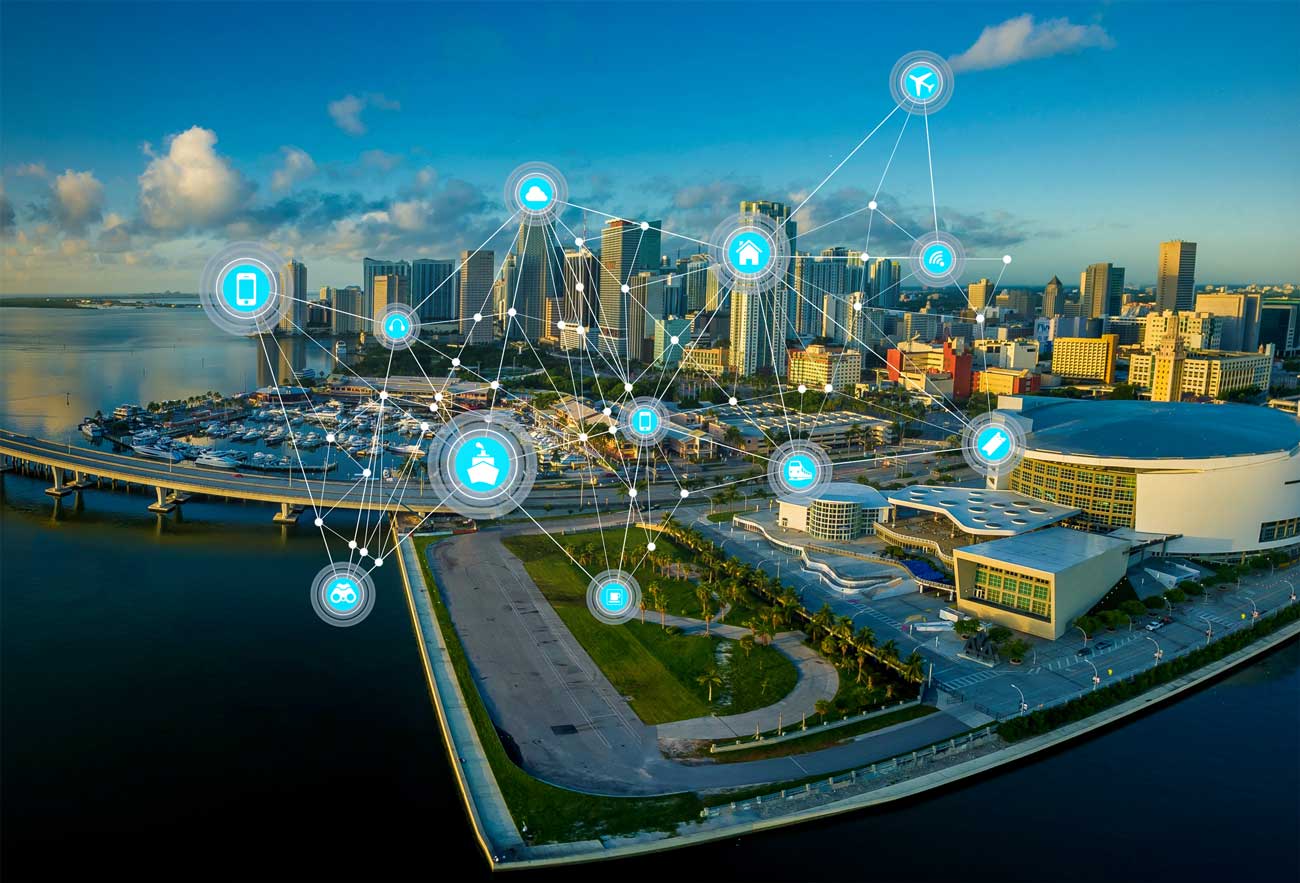In the age of the Internet of Things (IoT), choosing the right technology for wireless communication is paramount.
If devices need to send small amounts of data over long distances with an emphasis on low energy consumption, then the best choice is the Low-Power Wide-Area Network (LPWAN), which can use various types of technology.
Among the most popular ones are LoRaWAN, Sigfox, and LTE-M.
One gate per million nodes
The LoRa Alliance was designed to standardize LPWAN for the IoT. The LoRa technology and the LoRaWAN protocol enable the creation of intelligent IoT applications that address some of the biggest challenges our planet has been facing: the depletion of natural resources, pollution control, disaster prevention, and so on.
The LoRa technology is designed for long-distance connectivity and low power consumption. LoRa stands for Long Range Radio and focuses primarily on the IoT. This technology allows multiple users on private or public networks to connect multiple applications running on the same network.

Each LoRa gateway is capable of processing millions of nodes. Signals can travel a considerable distance, which allows for a smaller structure. Hence, the network construction is faster and its implementation becomes much cheaper.
It contains an algorithm that helps utilize network capacity and battery life. The LoRa protocol includes a number of enhancing features, such as securing application-level and device-level communication or network encryption.
Encrypted data in an envelope
The LoRaWAN protocol is designed for energy-efficient wireless transmission of small amounts of data called payloads (typically several bytes large) over long distances between interconnected objects.
The payload is wrapped in an “envelope” (e.g. as a field in a JSON message or in a CSV file) and decoded after sending (e.g. using Base64 encoding) and processed on the server side.
It is one of the few IoT protocols that implement end-to-end encryption for sending messages from terminal devices. It provides two-way communication and uses a band up to 1 GHz. The transmission speed is between 0.3 kb/s and 50 kb/s. Communication between terminals and gateways is spread over different frequency bands and baud rates.
Long distances, low consumption
The purpose of this technology is to transmit a small amount of data only at certain intervals, for example several times a day, in order to minimize consumption on the transmitter side.
Such a concept is designed primarily for use in IoT data collection devices. For example, if a soil temperature sensor sends data only once every few hours, it can transmit all necessary data and work with just a small battery all year round. Even when located in a built environment and covering distances of up to several kilometers.
Long transmission and interference immunity are ensured by the Spread Spectrum transmission method. The security of such transmission can be ensured by encryption.

For our projects, we use The Things Stack (TTS) service, which is an open-source infrastructure that aims to provide free coverage with LoRaWAN technology. By registering and connecting devices, it is possible to connect to the TTS IoT infrastructure and end devices can be connected to the cloud. It allows for network coverage and expansion of the network with antennas that provide long-range coverage through LoRa and short-range coverage through Bluetooth technology.
How does it work?
To use The Things Stack, you need to create an account. With this account, you can create applications in which a user can set up the end device, the gateway, and manage the application settings.
The application allows access to the following parameters:
• Application ID (allows you to identify your nodes in the network),
• register and manage devices (sensors, their status, and the data they send),
• payload decoder (instructions used to interpret incoming messages),
• general settings of your application (e.g. security, network keys, activation type,…),
• it allows you to create integration into your own platform or application using MQTT, HTTP, and other IoT communication protocols.

Finally and most importantly, since The Things Stack is a distributed network, there must be a feature that supports that distribution.
The service discovery feature helps components determine where traffic should be directed. It is currently implemented as a centralized Discovery server.
LoRaWAN vs. commercial mobile data networks
We have to distinguish between LPWANs and high-speed commercial mobile data networks. Because mobile networks currently do not provide what LPWANs do. That is: small infrastructure requirements and long-distance communication coupled with high energy savings.
LoRaWAN is unique because it enables transmission over very long distances with a transmitter range of up to 15 km and guaranteed minimum energy consumption compared to commercial mobile data networks, where the range is a maximum of 2 km, and allows connection to thousand devices.
Batteries in devices using the LoRaWAN technology for communication can last for up to 10 years, while those in mobile data network devices last but a few hours.









